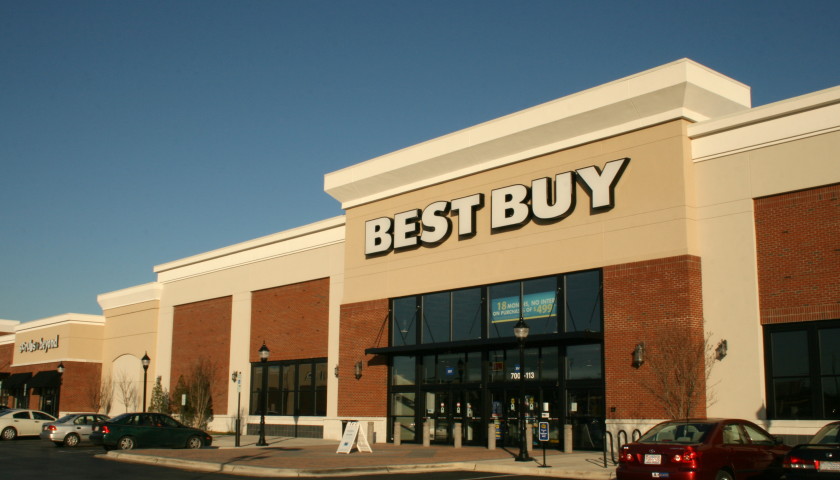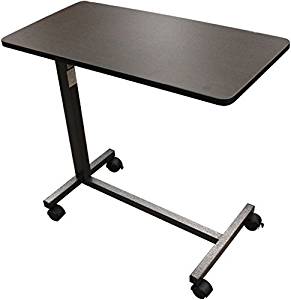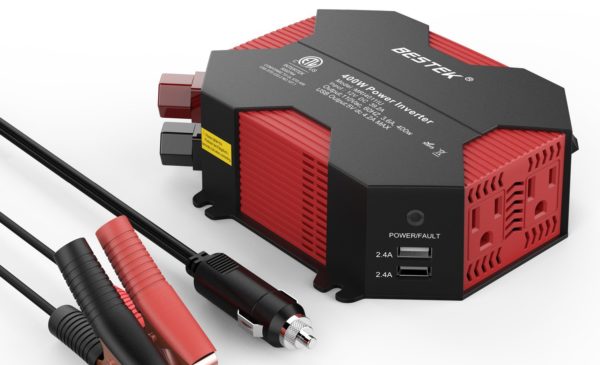Best Buy Facts
Best Buy is the largest specialty retailer of consumer electronics, personal computers and related goods in North America. The company’s subsidiaries include Geek Squad, Magnolia Audio Video, and Future Shop in Canada, which together operate over 700 stores in the United States and Canada. It is headquartered in Richfield, Minnesota.
Best Buy Product Selection
While Best Buy is primarily associated with electronics (largely audio-visual equipment), there are a variety of goods offered at the stores. A large section usually located in the center of the retail area contains a large amount of music on compact disc (as well as other formats in the form of SACD, DualDisc, and DVD-Audio). In recent years, the selection of movies and television programs available has increased significantly, and some stores now have the DVD section featured more prominently than the music area.
Following suit with some retailers, Best Buy relegated its VHS offerings through their online website, BestBuy.com, thus removing VHS entirely from their store stock. Home appliances such as washing machines, dryers, and refrigerators are usually featured off to one side of the building, and a selection of office equipment (mostly desks and chairs) is usually nearby.
Computer-related peripherals and software take up large sections, and a small section of cellular phones and PDAs is often present, as is an area devoted to still and video cameras. A fairly large area is taken over by televisions and related equipment. A selection of audio equipment for automobiles is often tucked into a corner, and the stores usually offer on-site installation services for car audio systems by way of a rear or side garage.
The building exterior is usually light brown in color with the entrance in an area designed to look like a blue box emerging from the rest of the structure.
Best Buy is also noted for being staffed with non-commissioned sales associates, theoretically bringing a so-called “no-pressure” sales situation.
Best Buy History
In 1966, Richard M. Schulze opened Sound of Music, an audio specialty store, in St. Paul, Minnesota. The company grew over the following years, expanding to nine locations by 1980. In 1981, Schulze’s most successful store was destroyed by a tornado.
This event resulted in a highly successful sale that combined a large selection with low prices and heavy advertising. Similar “Tornado Sales” became an annual Sound of Music event. This was the predecessor to todays typical Best Buy store, lots of product, recognizable staff in polo shirts, and lots of marketing.
In 1983, the company’s name was changed to Best Buy Co., and the store shifted its focus to consumer electronics. Over the following decades, the company continued to evolve and grow.
In 2002, Brad Anderson succeeded Schulze as Best Buy’s CEO. The company also acquired the Geek Squad, a 24-hour computer support taskforce. The Geek Squad, founded by Robert Stephens in 1994, offers round the clock technical support on any computer problem at flat rate prices. Their clients include celebrities such as Larry King, The Rolling Stones, Ice Cube, and Cindy Margolis. In 2004, Geek Squad put precincts in every Best Buy store, nationwide.
In 2003, Best Buy began to segment their stores, which is considered a major part of the companies “customer centricity” transformation. Customer Centricity is the theory that by placing the needs of the customer before the company (rather than attempting to maximize the profit of each sale) the company will in turn increase its growth by building “customer loyalty”.
As a result, employee’s are no longer called “product specialists” but rather “customer specialists”. While many are well educated about the product they sell, employee’s are trained to give “excellent” customer service by asking “lifestyle questions” to determine the most suitable product, services, and accessories for the customer.
Segments are conceived primarily by the lead corporate office, and represent Best Buy’s most profitable customer segments. The current segments are given codenames for the groups they represent — Jill, Ray, Buzz and Barry. There is also a Best Buy for Business segment that caters to small business owners. The named segments suggest that certain profiles populate certain areas and thus, shop at certain stores.
For example, stores in larger shopping centers are usually “Jill” stores — a customer segment that represents the average soccer mom and differs from other Best Buy stores by stocking products and offering services for her and her family — lots of home and kitchen appliances, Hello Kitty and Disney products for the kids, and personal shopping assistants.
Customers that fall into the customer segment “Buzz” however, are men on the cusp of technology. Buzz wants all of the newest stuff. When a new video game system is released, he purchases it. Buzz is the man whose house you go to for parties and watch the football game on his gigantic always-new television. Best Buy “Buzz” stores usually get new technology first, have and have a wider assortment of many gagets and high end electronics.
Segment stores usually start out as “lab stores” to test the area’s acceptance to the theme and segment products and services. While the renovation of stores is expensive, sometimes nearing $1 million per store, CEO Bradbury Anderson claims that stores that have already been transformed have doubled their growth rate versus stores that have yet to be transformed.
As of September 2005, only about 120 Best Buy stores have been segmented. The company set a goal of Q4 2007 for complete company-wide transformation.




